Growing Grapes in Your Garden might seem like a task reserved for seasoned vineyard owners, but I’m here to tell you that with a few clever tricks and a little DIY spirit, you can cultivate your own delicious grapes right at home! Imagine plucking sun-ripened grapes straight from the vine, ready to be enjoyed as a healthy snack, transformed into homemade jam, or even fermented into your own small-batch wine. Sounds tempting, right?
The history of grape cultivation stretches back thousands of years, with evidence suggesting its origins in the Near East as early as 6000 BC. From ancient civilizations to modern-day vineyards, grapes have held a significant cultural and economic role. But you don’t need a sprawling estate to participate in this rich tradition.
Many people shy away from the idea of growing grapes in your garden because they believe it’s too complicated or requires too much space. That’s where these DIY tricks and hacks come in! I’ll show you how to choose the right grape variety for your climate, prepare your soil for optimal growth, and even build a simple trellis system to support your vines. With these easy-to-follow steps, you’ll be well on your way to enjoying a bountiful harvest of homegrown grapes. Let’s get started!
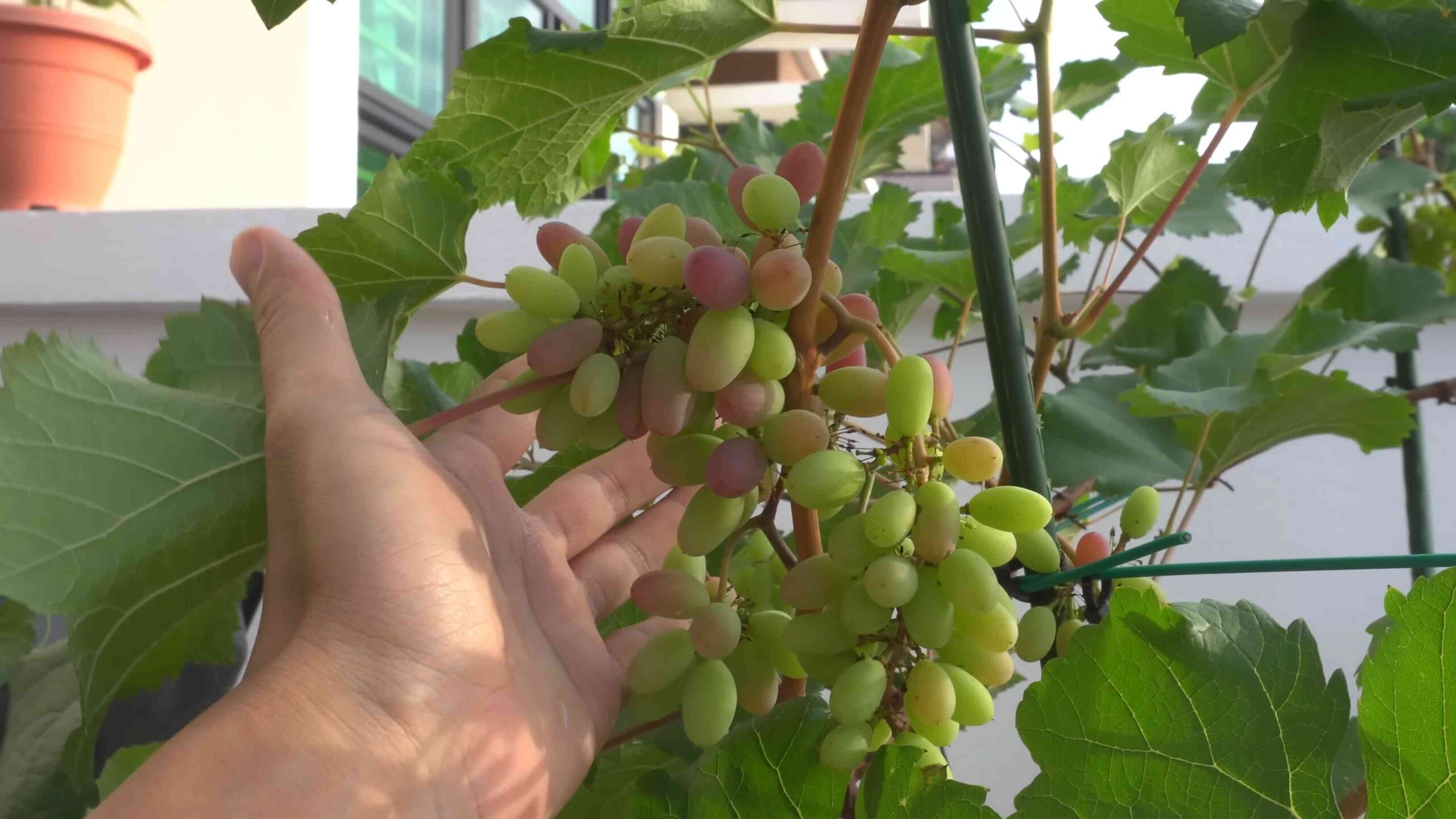
Growing Grapes: From Novice to Vineyard Virtuoso (Even in Your Backyard!)
Okay, so you want to grow grapes? Fantastic! I’m here to tell you, it’s totally doable, even if you don’t have acres of rolling hills. Growing your own grapes can be incredibly rewarding, providing you with delicious fruit for eating, juicing, or even making your own wine (if you’re feeling ambitious!). It does take some patience and planning, but trust me, the effort is worth it. Let’s dive into how you can transform your garden into a mini-vineyard.
Choosing the Right Grape Variety
This is arguably the most crucial step. You can’t just pick any grape and expect it to thrive. You need to consider your climate, soil, and what you plan to do with the grapes.
* Climate Considerations: Grapes are generally classified as either European (Vitis vinifera) or American (Vitis labrusca) varieties. European grapes, like Cabernet Sauvignon and Chardonnay, are known for their wine-making qualities but are more susceptible to cold winters and certain diseases. American grapes, like Concord and Niagara, are hardier and better suited for colder climates. There are also hybrid varieties that combine the best of both worlds. Check your USDA plant hardiness zone to determine which varieties will survive in your area.
* Soil Type: Grapes prefer well-drained soil with a slightly acidic to neutral pH (around 6.0-7.0). Heavy clay soil can be problematic, as it retains too much water. Sandy soil, on the other hand, drains too quickly. You can amend your soil to improve its drainage and fertility (more on that later).
* Intended Use: Are you planning to eat the grapes fresh, make juice, or produce wine? Table grapes, like Thompson Seedless, are sweet and have thin skins. Juice grapes, like Concord, have a distinct flavor and are often used for jams and jellies. Wine grapes, like Cabernet Sauvignon, have a higher sugar content and are specifically cultivated for wine production.
Here are some popular grape varieties for different purposes:
* Table Grapes: Thompson Seedless, Flame Seedless, Jupiter, Canadice
* Juice Grapes: Concord, Niagara, Catawba
* Wine Grapes (Cool Climates): Riesling, Pinot Noir, Seyval Blanc
* Wine Grapes (Warm Climates): Cabernet Sauvignon, Merlot, Chardonnay
Preparing the Planting Site
Once you’ve chosen your grape variety, it’s time to prepare the planting site. This is where you’ll lay the foundation for a healthy and productive vineyard.
* Sunlight: Grapes need at least 6-8 hours of direct sunlight per day. Choose a location that receives plenty of sun throughout the growing season.
* Soil Testing: Before planting, it’s a good idea to get your soil tested. This will tell you the pH level and nutrient content of your soil. You can purchase a soil testing kit at your local garden center or send a sample to a soil testing lab.
* Soil Amendment: Based on your soil test results, you may need to amend your soil. If your soil is too acidic, add lime to raise the pH. If it’s too alkaline, add sulfur to lower the pH. To improve drainage and fertility, incorporate organic matter such as compost, well-rotted manure, or peat moss.
* Trellis System: Grapes are vines and need a trellis system to support their growth. There are many different types of trellis systems, but a simple wire trellis is a good option for beginners. You can build your own trellis using wooden posts and wire, or you can purchase a pre-made trellis kit.
Planting Your Grape Vines
Now for the exciting part – planting your grape vines!
1. Timing: The best time to plant grape vines is in early spring, after the last frost. This gives the vines plenty of time to establish themselves before the hot summer months.
2. Spacing: Space your grape vines according to the variety and the trellis system you’re using. Generally, grape vines should be spaced 6-10 feet apart in rows that are 8-12 feet apart.
3. Digging the Holes: Dig holes that are twice as wide and as deep as the root ball of your grape vines.
4. Planting: Gently remove the grape vines from their containers and loosen the roots. Place the vines in the holes, making sure the top of the root ball is level with the ground. Backfill the holes with soil, tamping it down gently.
5. Watering: Water the newly planted grape vines thoroughly.
6. Mulching: Apply a layer of mulch around the base of the vines to help retain moisture and suppress weeds. Use organic mulch such as straw, wood chips, or shredded bark.
Training and Pruning Your Grape Vines
Training and pruning are essential for shaping your grape vines and maximizing fruit production. This might seem daunting at first, but I promise, it gets easier with practice!
* Training: Training involves guiding the growth of the vine along the trellis system. The goal is to establish a strong framework of permanent cordons (horizontal arms) that will support the fruiting canes.
* Pruning: Pruning involves removing unwanted growth to improve air circulation, sunlight penetration, and fruit quality. Grapes produce fruit on one-year-old wood, so pruning encourages the growth of new canes that will bear fruit in the following year.
Here’s a simplified approach to training and pruning:
1. Year 1: Select the strongest shoot and train it vertically up the trellis. Remove all other shoots.
2. Year 2: Once the shoot reaches the top wire of the trellis, pinch off the tip to encourage lateral growth. Select two strong lateral shoots to become the permanent cordons. Train these shoots horizontally along the wire. Remove all other shoots.
3. Year 3 and Beyond: Prune the cordons in late winter or early spring. Remove about 90% of the previous year’s growth, leaving only a few spurs (short sections of cane with 2-3 buds) along the cordons. These spurs will produce the fruiting canes for the current year.
Important Pruning Tips:
* Use sharp pruning shears to make clean cuts.
* Make cuts at a 45-degree angle, just above a bud.
* Remove any dead, diseased, or damaged wood.
* Thin out crowded areas to improve air circulation.
Watering and Fertilizing
Proper watering and fertilization are crucial for healthy grape vine growth and abundant fruit production.
* Watering: Water your grape vines regularly, especially during dry periods. Young vines need more frequent watering than established vines. Aim to keep the soil consistently moist, but not waterlogged. Drip irrigation is an excellent way to deliver water directly to the roots.
* Fertilizing: Fertilize your grape vines in early spring, before new growth begins. Use a balanced fertilizer that contains nitrogen, phosphorus, and potassium. Follow the instructions on the fertilizer label. You can also amend the soil with compost or well-rotted manure to provide a slow-release source of nutrients.
* Avoid Over-Fertilizing: Too much nitrogen can lead to excessive vegetative growth and reduced fruit production.
Pest and Disease Control
Grapes can be susceptible to various pests and diseases. Regular monitoring and preventative measures are essential for keeping your vines healthy.
* Common Pests: Grape phylloxera, Japanese beetles, grape berry moth, spider mites
* Common Diseases: Powdery mildew, downy mildew, black rot
Here are some tips for pest and disease control:
1. Choose Disease-Resistant Varieties: Selecting grape varieties that are resistant to common diseases can significantly reduce the need for chemical treatments.
2. Maintain Good Air Circulation: Pruning your vines to improve air circulation can help prevent fungal diseases.
3. Remove Diseased Leaves and Fruit: Promptly remove any diseased leaves or fruit to prevent the spread of infection.
4. Use Organic Pest Control Methods: Consider using organic pest control methods such as insecticidal soap, neem oil, or Bacillus thuringiensis (Bt).
5. Apply Fungicides: If necessary, you can apply fungicides to control fungal diseases. Choose a fungicide that is specifically labeled for use on grapes and follow the instructions carefully.
6. Monitor Regularly: Regularly inspect your vines for signs of pests or diseases. Early detection is key to effective control.
Harvesting Your Grapes
The moment you’ve been waiting for – harvesting your grapes!
1. Timing: The timing of the harvest depends on the grape variety and the intended use. Table grapes are typically harvested when they are fully colored and have a sweet taste. Wine grapes are harvested when they reach a specific sugar level and acidity.
2. Testing for Ripeness: You can test for ripeness by tasting the grapes and measuring
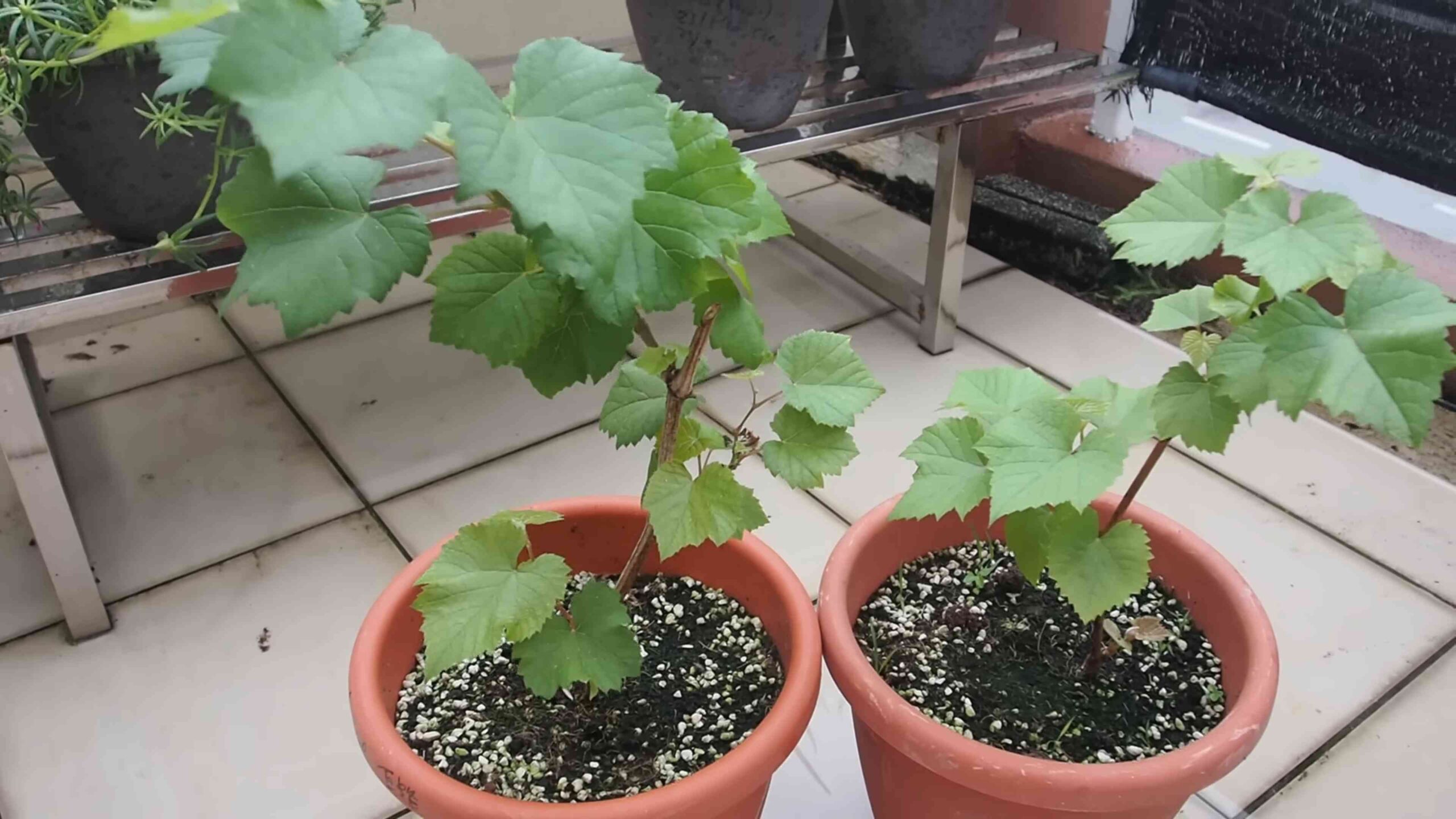
Conclusion
So, there you have it – a comprehensive guide to successfully growing grapes in your very own garden! We’ve covered everything from selecting the right varieties and preparing your soil to pruning techniques and pest control. But why should you embark on this journey of cultivating your own grapes? The answer is simple: the unparalleled satisfaction of harvesting sun-ripened, juicy grapes that you nurtured from vine to table.
Imagine the taste of homemade grape juice, the aroma of freshly baked grape pie, or the pride of gifting a bottle of your own grape jelly to friends and family. These are experiences that store-bought grapes simply can’t replicate. Plus, growing your own grapes allows you to control exactly what goes into them, ensuring they are free from harmful pesticides and chemicals. You’ll be providing yourself and your loved ones with a healthy and delicious treat.
This DIY grape growing adventure is more than just a gardening project; it’s an investment in your well-being and a connection to nature. It’s a chance to learn new skills, exercise your green thumb, and enjoy the fruits (literally!) of your labor.
But the possibilities don’t stop there! Once you’ve mastered the basics, you can explore different grape varieties to find your favorites. Try growing seedless grapes for easy snacking, or experiment with wine grapes to create your own homemade wine. You can also train your grapevines to grow over arbors or pergolas, creating a beautiful and functional outdoor space. Consider companion planting with herbs like basil or rosemary to deter pests and enhance the flavor of your grapes.
Don’t be intimidated by the initial learning curve. Growing grapes takes time and patience, but the rewards are well worth the effort. Start small, be persistent, and don’t be afraid to experiment. Remember to document your progress and learn from your mistakes. Each season will bring new challenges and opportunities for growth.
We wholeheartedly encourage you to give this DIY project a try. Whether you have a sprawling backyard or a small balcony, there’s a way to incorporate grapevines into your landscape. Embrace the challenge, enjoy the process, and savor the delicious results.
And most importantly, we want to hear about your experiences! Share your tips, tricks, and triumphs in the comments below. Let us know what grape varieties you’re growing, what challenges you’ve faced, and what delicious creations you’ve made with your homegrown grapes. Your insights will help other aspiring grape growers and inspire us all to cultivate our own little piece of paradise. So, grab your gardening gloves, choose your grapevines, and get ready to embark on a rewarding journey of growing grapes in your garden. Let’s grow together!
Frequently Asked Questions (FAQ)
What is the best time of year to plant grapevines?
The ideal time to plant grapevines is in early spring, after the last frost has passed, or in late fall, before the ground freezes. Planting during these times allows the vines to establish their root systems before facing the stresses of summer heat or winter cold. If you live in a region with mild winters, fall planting is often preferred as it gives the vines a head start in the spring. However, if you experience harsh winters, spring planting might be a safer option. Regardless of when you plant, ensure the soil is well-drained and amended with compost or other organic matter.
How much space do grapevines need?
Grapevines need adequate space to grow and thrive. The spacing between vines depends on the variety and the training system you choose. Generally, allow at least 8-10 feet between vines in a row and 10-12 feet between rows. For smaller varieties or those trained on a trellis, you might be able to get away with slightly less spacing. Proper spacing allows for adequate sunlight penetration, air circulation, and room for the vines to develop their root systems. Overcrowding can lead to increased disease pressure and reduced fruit production.
What kind of soil is best for growing grapes?
Grapes prefer well-drained soil with a slightly acidic to neutral pH (between 6.0 and 7.0). Good drainage is crucial, as grapevines are susceptible to root rot in waterlogged conditions. Sandy loam or loamy soils are ideal, as they provide good drainage and aeration. If your soil is heavy clay, amend it with compost, sand, and other organic matter to improve drainage and structure. Before planting, it’s a good idea to conduct a soil test to determine the pH and nutrient levels. Amend the soil as needed based on the test results.
How often should I water my grapevines?
Watering frequency depends on the climate, soil type, and age of the vines. Newly planted grapevines need regular watering to establish their root systems. Water deeply and regularly, especially during dry periods. Established grapevines are more drought-tolerant but still benefit from occasional watering, especially during fruit development. Avoid overwatering, as this can lead to root rot. A good rule of thumb is to water deeply when the top inch of soil feels dry. Consider using a soaker hose or drip irrigation to deliver water directly to the roots.
How do I prune grapevines?
Pruning is essential for maintaining the health and productivity of grapevines. The timing and method of pruning depend on the variety and training system. Generally, grapevines are pruned in late winter or early spring, before the buds begin to swell. The goal of pruning is to remove dead, damaged, or diseased wood, as well as to shape the vine and promote fruit production. There are several different pruning methods, including cane pruning and spur pruning. Research the specific pruning requirements for your grape variety and training system. Don’t be afraid to prune aggressively, as this encourages new growth and better fruit production.
What are some common pests and diseases that affect grapevines?
Grapevines are susceptible to a variety of pests and diseases, including aphids, Japanese beetles, grape phylloxera, powdery mildew, downy mildew, and black rot. Regular monitoring is essential for early detection and control. Use organic pest control methods whenever possible, such as insecticidal soap, neem oil, and beneficial insects. Proper air circulation and sunlight penetration can help prevent fungal diseases. Choose disease-resistant grape varieties to minimize the risk of infection. If necessary, use fungicides or insecticides according to the manufacturer’s instructions.
How long does it take for grapevines to produce fruit?
It typically takes 2-3 years for grapevines to produce a significant crop of fruit. In the first year, the vines will focus on establishing their root systems. In the second year, they may produce a small amount of fruit. By the third year, you can expect a more substantial harvest. The exact time frame depends on the variety, growing conditions, and pruning practices. Be patient and continue to care for your vines, and you will be rewarded with delicious grapes in due time.
Can I grow grapes in containers?
Yes, you can grow grapes in containers, but it requires careful planning and management. Choose a dwarf or compact grape variety that is well-suited for container growing. Use a large container with good drainage and fill it with a well-draining potting mix. Provide a trellis or other support for the vines to climb. Water regularly and fertilize as needed. Container-grown grapevines may require more frequent watering and fertilization than those grown in the ground. Overwinter the containers in a protected location if you live in a region with harsh winters.
How do I know when my grapes are ripe?
Determining when grapes are ripe requires a combination of visual cues and taste testing. Look for grapes that have reached their full color and size. The grapes should be slightly soft to the touch and easily detach from the vine. Taste a few grapes to check for sweetness and acidity. Ripe grapes will have a balanced flavor with a good sugar-acid ratio. The seeds should also be brown and easily separated from the pulp. Don’t be afraid to sample the grapes regularly as they ripen to determine the perfect time to harvest.
What are some good grape varieties for beginners?
For beginners, consider choosing grape varieties that are disease-resistant, cold-hardy, and relatively easy to grow. Some good options include:
* **’Reliance’**: A seedless red grape that is very cold-hardy.
* **’Concord’**: A classic blue grape with a distinctive flavor.
* **’Niagara’**: A white grape with a sweet and juicy flavor.
* **’Marquis’**: A seedless white grape that is disease-resistant.
* **’Jupiter’**: A seedless blue grape that is easy to grow.
Research the specific characteristics of each variety to choose the one that best suits your climate and preferences.


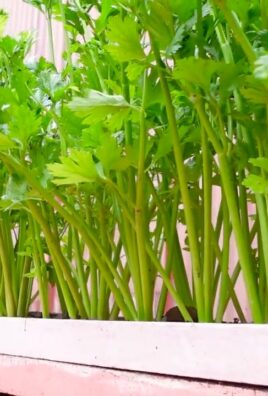
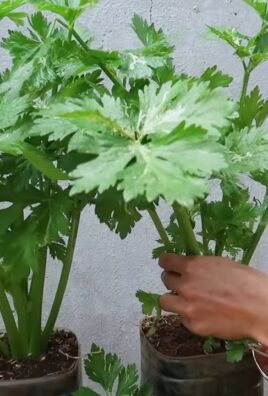
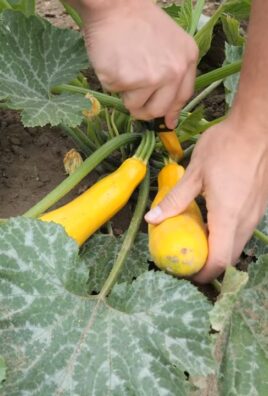
Leave a Comment